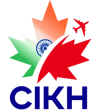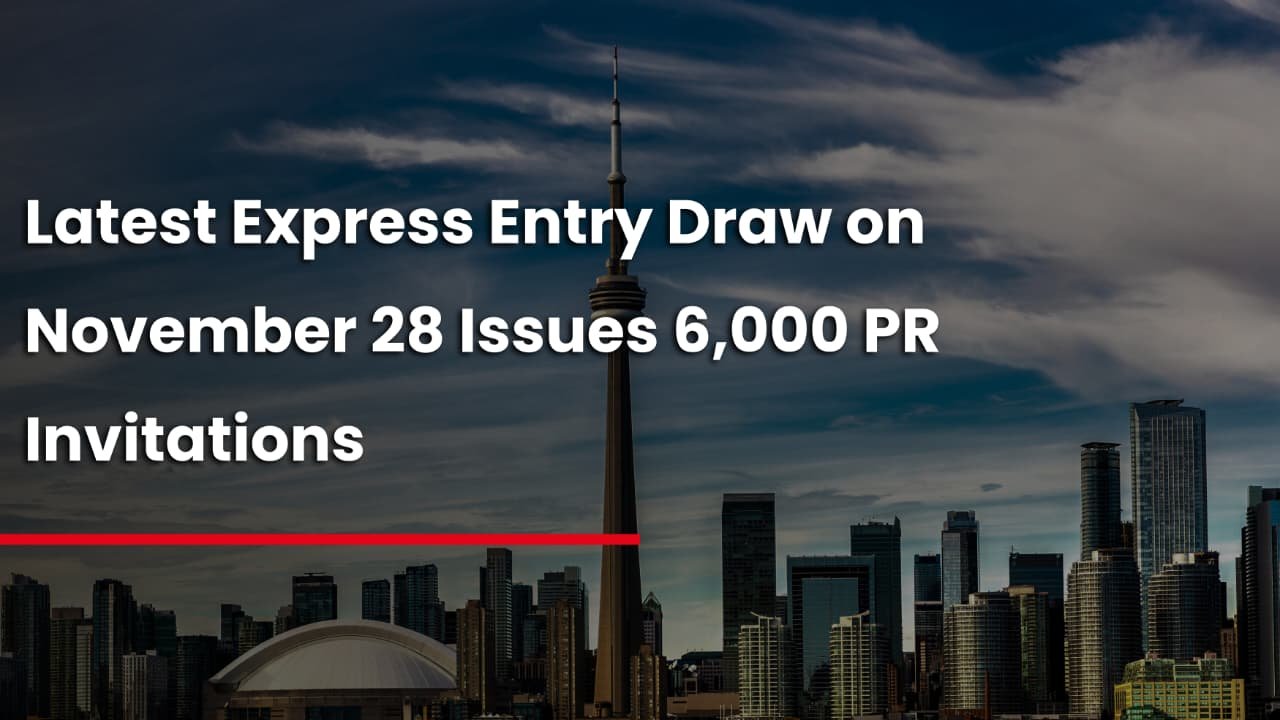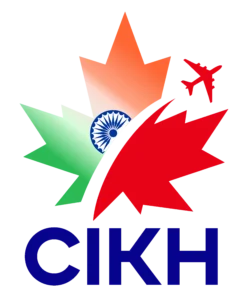The backlog at Immigration, Refugees, and Citizenship Canada (IRCC) has been steadily decreasing in recent months. As of February 28, the total number of applications in the backlog stood at 821,200, marking a notable reduction from 892,100 the previous month— a decrease of 7.95%.
This marks the third consecutive month that the backlog has remained below the 1 million mark, signaling consistent progress in processing applications.
Book Your Consultation for Canadian Immigration
Here’s a look at the overall immigration backlog over the past six months:
| Month | Immigration Backlog | Change from Previous Month |
|---|---|---|
| September 2024 | 1,097,000 | +1.73% |
| October 2024 | 1,056,100 | -3.73% |
| November 2024 | 1,006,500 | -4.70% |
| December 2024 | 942,300 | -6.38% |
| January 2025 | 892,100 | -5.33% |
| February 2025 | 821,200 | -7.95% |
As of February 28, IRCC’s total application inventory was 2,029,400, of which 1,208,200 were processed within service standards.
What is a Backlog?
Applications are considered part of the backlog if they are not processed within IRCC’s published service standards. These standards represent the expected timeline for processing applications. For example, Express Entry applications have a service standard of six months, while family sponsorship applications have a service standard of 12 months. Applications that take longer than these timelines are considered backlogged.
IRCC aims to process 80% of applications within service standards, with the remaining 20% considered more complex or requiring additional time.
Current Backlog by Program
Permanent Resident Applications
As of February 28, 2025, IRCC had 842,600 applications in inventory for permanent residence programs, including Express Entry, Provincial Nominee Programs (PNP), and family sponsorship programs. Of these, 478,600 (57%) were processed within service standards, leaving 364,000 applications in the backlog.
- Express Entry: 25% of Express Entry applications are considered part of the backlog, higher than the department’s target of 20%.
- PNP: The backlog for PNP applications has risen to 36%, up from 30% the previous month.
- Family Sponsorship: The backlog remains within the projected range at just 14%, down from 15% the previous month.
Temporary Resident Applications
As of February 28, 2025, 56% of temporary resident applications (work permits, study permits, and visitor visas) were processed within service standards. Of the 947,200 applications in inventory, 532,700 were processed on time, leaving 414,500 applications in the backlog.
- Visitor Visas: 65% of visitor visa applications are in the backlog, higher than the projected 50%.
- Study Permits: The backlog stayed consistent at 45%, with a projected backlog of 24%.
- Work Permits: The percentage of work permits in the backlog has dropped to 34%, the lowest since July 2023.
Citizenship Grants
Citizenship applications continue to have the smallest backlog, with 239,600 total applications. Of these, 196,900 (82%) were processed within service standards, leaving only 18% as part of the backlog.
How IRCC is Reducing the Backlog
IRCC has implemented several measures to reduce the backlog:
- Technological Enhancements: Advanced analytics and automation have been introduced to help improve processing times. These technologies assist with routine decisions, application sorting, identifying cases requiring further checks, and summarizing information for officers.
- Application Caps: Implementing caps on specific immigration programs, such as study permits, helps better manage application inventories.
- Lower Immigration Targets: The Immigration Levels Plan 2025-27, released in October 2024, outlines a reduction in permanent residence admission targets over the next three years, which aids in managing application volumes more effectively.





